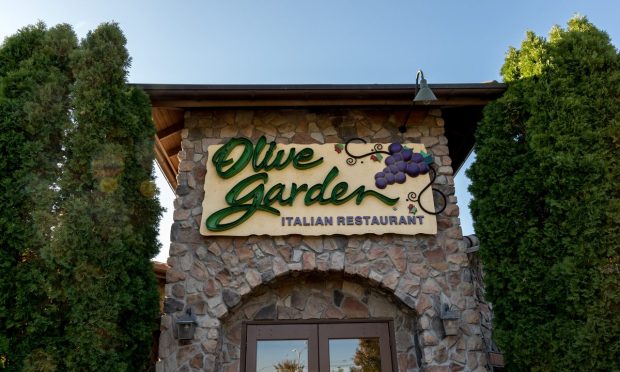Olive Garden Offers ‘Affordable Luxury’ for Diners Amid Inflation

Darden Restaurants is seeing consumers continue to dine out despite cost pressures.
The firm, parent company of casual dining chains Olive Garden and LongHorn Steakhouse in addition to a handful of fine dining brands, asserted on a call with analysts Thursday (March 23) discussing its latest earnings report that consumers continue to dine out despite inflationary pressures.
“There is a tension between what people want and what they can afford,” CEO Rick Cardenas said. “Consumers continue to seek value, which is not about low prices. Consumers are making spending trade-offs, and food away from home is one of the most difficult expenses to give up because going out to a restaurant is still an affordable luxury for them.”
Notably, Cardenas’ comments run counter to consumers’ self reports of their behavior. Research from PYMNTS’ study “Consumer Inflation Sentiment: Inflation Slowly Ebbs, but Consumer Outlook Remains Gloomy,” which drew from a survey of more than 2,100 consumers, found that 78% reported that they are eating at home more often to save money amid inflation.
However, according to Cardenas, the company’s customer bases are still not close from pulling back on frequency. He stated that, if this were to happen, the restaurants would first see diners making more conservative choices each visit, opting to, say, skip dessert or choose lower-cost menu items.
“Generally, consumers will manage their check first, and then they’ll manage their visits later,” Cardenas said. “And so far, we really haven’t seen a whole lot of check management.”
Yet a small but not negligible share of consumers reported making these changes to their dining habits as well. According to PYMNTS’ study, “The 2022 Restaurant Digital Divide: Restaurant Customers React to Rising Costs, Declining Service,” which drew from a December survey of more than 2,300 consumers who regularly buy food from restaurants, about one in eight consumers reported ordering cheaper items from the menu due to inflation.
In addition to maintaining that customer frequency and check sizes have held resilient in the face of inflationary pressures, Cardenas also highlighted a broader-scale trend from which the company’s brands have benefitted — the shift from spending on items to springing for experiences.
“There’s been a shift in spending from durable goods to services, restaurant businesses are benefiting from that,” Cardenas said. “What’s interesting is, for most of calendar year 2022, customer sentiment was pretty bad, but consumer spending was significantly high. So, even though they were thinking that things were bad, they were still spending.”
Indeed, Mastercard noted earlier this month in its latest SpendingPulse that consumer spending on experiences rose by double digits in February. Compared to the same month last year, consumers spent 42.7% more on lodging, 15.6% more on airlines and 14.2% more on restaurants. Meanwhile, retail sales saw significantly lower growth, up only 6.9% — less than half the increase seen in the restaurant industry.
“This reflects suppressed growth in 2022, as well as continued demand for travel and experiences ahead of the popular spring break season,” Mastercard said in a press release.

